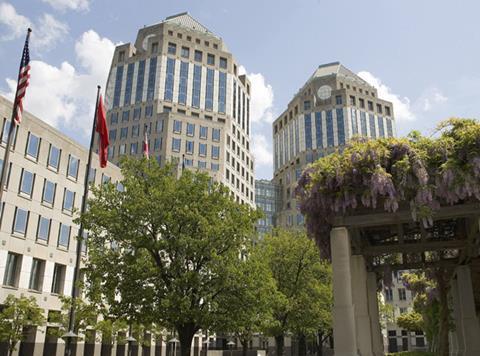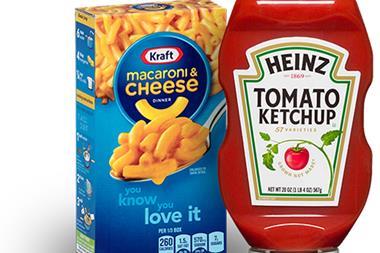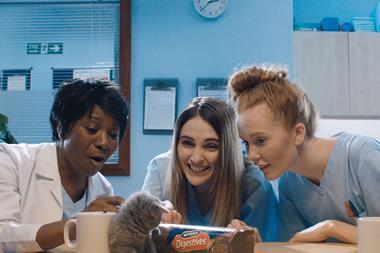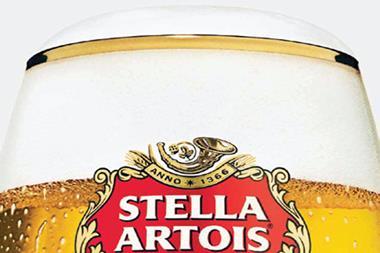
The global consumer goods sector is back in business this year, with international M&A up by 75% by the end of the third quarter.
According to EY, global deal value has been at its highest level since 2008, but interestingly the number of deals remains on a slightly downward trend. Instead the value of the sector’s M&A deals is being pushed up by the multinationals coming out to play.
2014 has been characterised by a number of consumer goods mega-deals – but these have not been driven by aggressively acquisitive companies with cash (or easily accessible debt) burning a hole in their pockets. Instead the year has seen an increasing focus on portfolio rationalisation as some of the globe’s biggest fmcg companies trim the fat to focus only on their core businesses.
This process is also far from over and the M&A boom shows little sign of slowing any time soon.
First to the figures:
- Total disclosed deal value was US$53bn in the third quarter, not far short of the second quarter figure of US$57b (which was the highest quarterly total since 2008) and increasing deal values for the first three quarters by 75%. Deal value is already 58% higher than was achieved in the whole of 2013.
- However, total deal volume decreased by 2% from 299 deals in the second quarter to 294 deals in Q3, including a sharp drop in transactions in the household and personal care sector from 31 in the second quarter to just 17 in Q3.
These seemingly contrasting trends can be explained by the portfolio optimisation, particularly amongst the US fmcg giants, which underpinned several huge deals.
This has been most clearly seen at Procter & Gamble, which announced it will divest 90-100 non-core brands to focus on a smaller set of “leadership brands” – in the third quarter P&G exited its European food businesses (including Iams and Eukanuba) while Mars bought the majority of its global pet food business earlier this year.
P&G is not the only company focussing on optimising and streamlining its brands and subsidiaries. EY said Coca-Cola’s purchase of a 16.7% stake in Monster Beverage for US$2.2b was also “a clear example” of the portfolio optimisation theme.
Additionally, the results latest EY Global Capital Confidence Barometer survey quizzed fmcg firms on which capital management issue – raising, investing, optimising or preserving – their company was currently placing the greatest attention and resources. Optimising was the clear frontrunner with 51% of consumer products and retail respondents ranking it first.
“We believe that the recent higher levels of total value are likely to be maintained as the large consumer products players continue to display an appetite for megadeals,” said Dave Murray, consumer products transaction advisory services leader, UK and Ireland, EY.
EY suggests other large-scale fmcg M&A could come from:
- SABMiller becoming the subject of a bid from larger rival AB InBev or the US/Dutch brewer moving for one of the major soft drinks players.
- Colgate-Palmolive could be a potential target.16
- The third quarter’s tobacco megadeal could also generate a response from Altria or Philip Morris.
- P&G’s intended sale of a large number of brands.
- 3G Capital, which bought Heinz, has often in the past used the acquired company as a vehicle to execute further deals.
- Likely acquisitions in the healthy eating and snacking space.
There is also evidence that this boom in big ticket M&A is beginning to filter down into the mid-market space – with deal volumes potentially set to rise over the next 12 months as large consumer companies look for smaller bolt-on acquisitions once their portfolio re-shaping activity settles down.
The global economy may be in a perilous state and vital emerging markets growth showing, but food, drink and other consumer goods has largely been remarkably resilient during the economic downturn and the appetite for deals has never been stronger.



















No comments yet